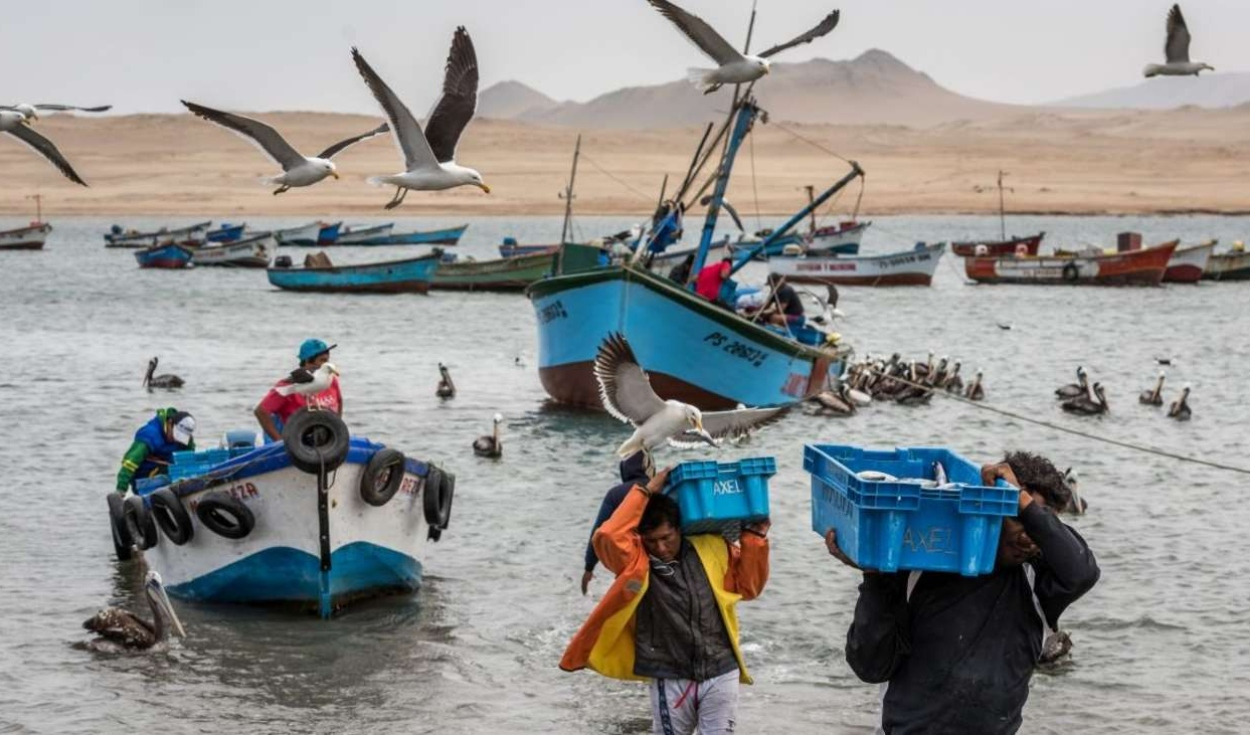
The arrival of the climate phenomenon called El Niño Global has an impact on all aspects of the country, be it demographics, housing, transportation, education, health and the economy. In this last point, to be more specific, one of the most affected is the fishing sector, since, as the temperature of the Peruvian coast increases, the appearance of species that are essential for this sector decreases, such as the anchovy. However, there are Marine species They live in warm waters and will appear in greater quantities during this season.
What fish and seafood will be available due to the El Niño phenomenon?
Because Peru has various currents between cold and warm, there is a variety of marine resources (species of flora and fauna) that proliferate at certain temperatures depending on the season. Despite the need to extract anchovy responsibly, conditions favor the extraction of other marine alternatives.
“Towards the end of the year there would be an increase of horse mackerel, bonito, tuna, fan shells, prawns and other species from warm seas. It is very important that the State gives Imarpe all the mechanisms that allow it to make the appropriate recommendations to take management measures and take advantage of this fishing, which is an opportunity,” he explained. Alfonso Mirandapresident of the SNI Fisheries and Aquaculture Committee.
“There are other species that, when El Niño appears, can also be used. It all depends on whether the artisanal shipowner has the economic capacity to change gear and whether the permit legislation is more or less dynamic so that fishing is authorized. of these resources that appear,” said the Peruvian scientist Gino Passalacqua. He also explained that, given climate change, the marine resources that may be available for fishing are shrimp, mahi mahi, tuna, yellowfin tuna, bonito and others.
What is the El Niño phenomenon?
He freak He Child It is an event that is characterized by bringing with it various climatic changes, which mainly generate an unusual variation in temperature. This event has among its most notable characteristics the warming of the surface of the tropical Pacific Ocean: in Ecuador and along the coasts of South and Central America. This is due to the climate changes it generates at a regional and global level, indicated by the Climate Prediction Center of the United States Oceanic and Atmospheric Administration (NOAA).
Source: Larepublica
Alia is a professional author and journalist, working at 247 news agency. She writes on various topics from economy news to general interest pieces, providing readers with relevant and informative content. With years of experience, she brings a unique perspective and in-depth analysis to her work.












